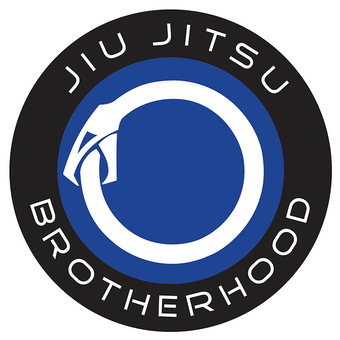This article was written by Chris Bumgarner from First State Jiu Jitsu in Delaware.
One of the least talked about aspects of Jiu-Jitsu techniques is foot positioning. Grips, movement, and basic leverage make up the majority of what an instructor shows in a technique. This leaves foot positioning as side note that not few instructors ever address. I was at seminar recently where the instructor was talking about the importance of a certain foot position to which a white belt said “I don’t even know what to do with my hands yet”. Because this basic concept is rarely taught, application of leverage beginning at the feet can be left to the student to figure out on their own. Early learning of the proper concepts behind controlling weight and power through the positioning of your feet can quickly improve your jiu-jitsu skills. In this article I will address three different foot positioning concepts. By experimenting with these concepts you can improve your top game base, passing pressure, and side control stability.
Before we dive in to these concepts I must be completely up front, these are not my concepts or terminology. I picked them up over the years from the man whose nickname is simply “Professor”, 8th degree Coral Belt Pedro Sauer. He is the only instructor I have seen consistently emphasize the importance that proper foot positioning makes in the generation of leverage. Thank you Professor!
Ballerina Feet
I have seen this concept become a major factor in many of student’s tournament success. I have witnessed people struggle to gain traction with their guard while the student using this technique is able to maintain perfect base and posture. Often this forces their opponent to open their guard and initiates the beginning of the pass.

Here we see Bobby inside Rob’s closed guard. Bobby has his feet placed in Ballerina Feet position. This allows him to sink his hips straight to the floor which places his body weight in a low and solid position. This makes it extremely difficult for Rob to break Bobby’s posture with his legs or to grab the gi lapel and pull him down.
What are Ballerina Feet? This is you sitting with toes pointed and the top of your feet flat on the mat. This allows the practitioner to sink their hips and drop their weight straight down to the floor. Because the weight of the hips is sinking down the student is no longer leaning forward. This make it much harder for the guard player to pull the practitioner down and begin closed guard attacks. As the guard player struggles they well either open their guard for you or exhaust themselves so you can easily break the closed guard.
Active Toes
When a movement requires you to place pressure or smash your opponent a flat foot won’t cut it. Active Toes are used in these situations. Active Toes are when you are driving with your toes planted and your knees off of the mat. By doing this you are able to bring forward driving pressure, create more mobility, and optimize your weight. An example of an active toes movement is the smash pass or stack pass. In this movement you are up on your toes, and leaning forward. While on your toes you now have the mobility to walk around your opponent’s legs while maintaining pressure. Not being on your toes and having your knees on the ground is a common mistake for beginners. Whether its having top side control, passing, or stacking out of an arm bar getting off of your knees and on your toes is essential.

Bobby attempts a stack pass. Note how he is driving off of his toes, with his heels up, and knees off of the mat. This creates an extreme amount of pressure on Rob.
Frog Feet
This is the least taught and understood foot positioning concept. Frog Feet is when you point your feet out wards with the inside of the foot touching the mat. This foot positioning places your hips at an outward angle. The benefits of Frog Feet are twofold. One this allows you to spread your weight over a large area making you more difficult to lift up and move around. Two this allows you to maintain a steady plain of balance when lifted. Your hips are forced outward which allows you to maintain level. This makes you harder to sweep as you tend to land back down in the flat Frog Feet position. Examples of when you could use Frog Feet would be inside the butterfly guard. For your opponent to sweep you with the butterfly guard sweep they will try to turn your hips so you land your back. With Frog Feet even while being lifted your hips maintain level and are harder to turn over. Another example is from the top of side control when an opponent tries to roll you over the top of them. Frog Feet keeps your weight spread over the greatest space possible making you hard to lift.

Bobby has the side mount with the Frog Feet position. Rob is preparing to escape by grabbing Bobby’s belt and rolling him across his body. The Frog Feet position will keep Bobby’s hips wide and level while distributing his body weight over the widest area. This will make it extremely difficult to escape using the technique.
Explore these concepts and see where they become useful. Nearly every technique has an appropriate way to use the feet. This is especially true in the top position where efficient base, pressure, and mobility are all by products of efficient foot positioning. Try and find more techniques for how to position and use the feet to increase your efficiency. Now go train!










0 comments